
NPG x80467; Sir (James) Alfred Ewing Portrait National Portrait Gallery
James Alfred Ewing. From The Dreadnought Project. Jump to: navigation, search. SIR Alfred James Ewing, K.C.B., F.R.S., M.Inst.C.E. (27 March, 1855 - 7 January, 1935) was an academic who served as Director of Naval Education in the Royal Navy from 1903 to 1916, and was one of the founders of Room 40 during the Great War.

The Man of Room 40 The Life of Sir Alfred Ewing Acceptable to good hardcover (1939) First
Sir Alfred Ewing, in full Sir James Alfred Ewing (born March 27, 1855, Dundee, Angus, Scotland—died January 7, 1935, Cambridge, Cambridgeshire, England), British physicist who discovered and named hysteresis, the resistance of magnetic materials to change in magnetic force.

Referee's report by James Alfred Ewing, on a paper 'The influence of stress and strain on the
James Alfred Ewing was born in Dundee on March 27, 1855. In his Engineer's Outlook (1933), an " olla-podrida of reminiscence and exposition and reflection," he calls it, he has told in brief his life story of much interest and high achievement. His father, of sturdy farmer stock, was minister of the Free Church of Scotland in Dundee.
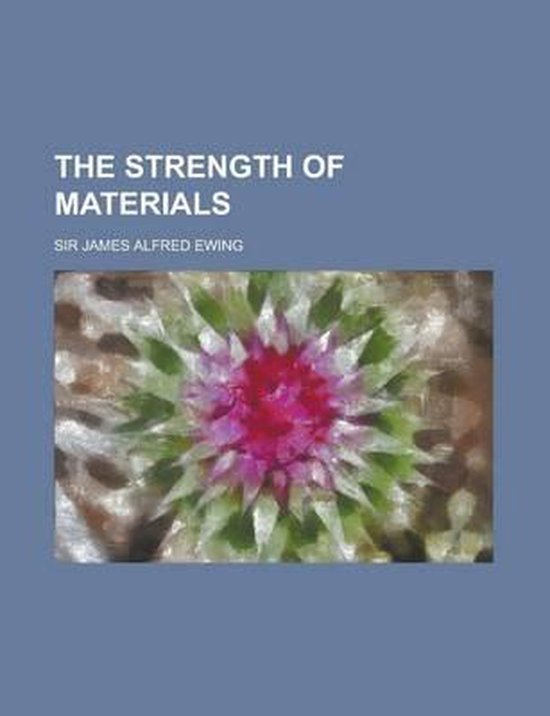
The Strength of Materials, James Alfred Ewing 9781236885739 Boeken
Sir James Alfred Ewing (1855-1935) was a Scottish engineer, physicist and cryptographer. First published in 1926, as the fourth edition of an 1894 original, this book was written by Ewing 'to present the subject of heat-engines, in their mechanical as well as their thermodynamical aspects, with sufficient fulness for the ordinary needs of University students of engineering'.

James alfred ewing fotografías e imágenes de alta resolución Alamy
Alfred Ewing. Sir James Alfred Ewing KCB FRS FRSE DL [1] MInstitCE (27 March 1855 − 7 January 1935) was a Scottish physicist and engineer, best known for his work on the magnetic properties of metals and, in particular, for his discovery of, and coinage of the word, hysteresis . It was said of Ewing that he was 'Careful at all times of his.

Oil Painting Replica Sir James Alfred Ewing (18551935), 1929 by Henry John Lintott
The James Alfred Ewing medal is named after him, and is presented by the Institution of Civil Engineers for special meritorious contributions to the science of engineering. Thanks in part to Sir James's lifelong dedication to engineering and academia, today's Forward Thinkers - and their cats - can enjoy a much more straightforward path.

James Alfred Ewing Graces Guide
Sir James Alfred Ewing (1855-1935), Principal of the University of Edinburgh from 1916, was born in Dundee, his father a minister in the Free Church of Scotland. As a child, he would frequently carry out "experiments" that led to "fearsome explosions" in his attic and the intentional administration of electric shocks.
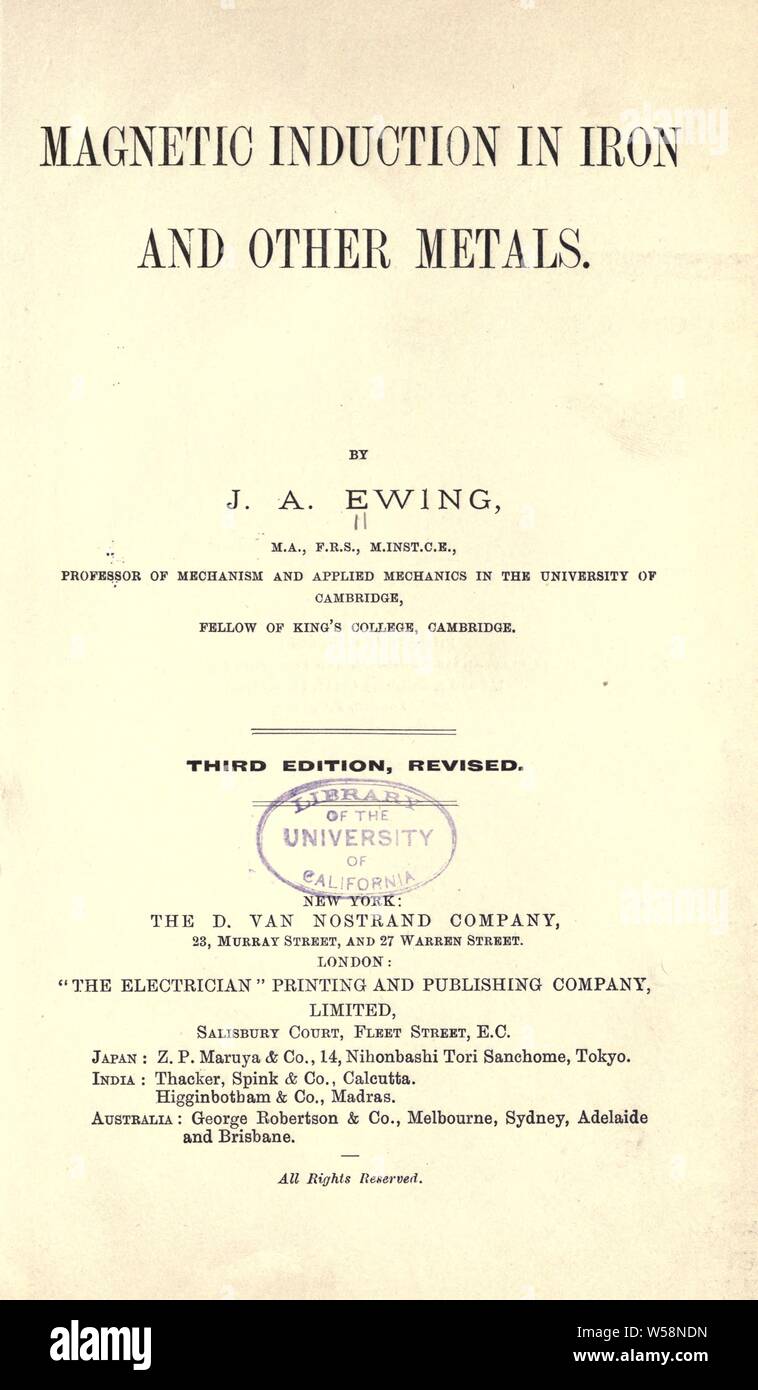
induction in iron and other metals Ewing, J. A. (James Alfred), Sir, 18551935 Stock
JAMES ALFRED EWING 1855-1935 JAMES ALFRED EWING was born in Dundee on March 27, 1855. In his Engineer's Outlook (1933), an "olla-podrida of reminiscence and exposi-tion and reflection," he calls it, he has told in brief his life story of much interest and high achievement. His father, of sturdy farmer stock, was

Shields, Douglas Gordon, 18881940 Art UK
Of the several seismographs that he designed while teaching physics and engineering in Meiji Japan, James Alfred Ewing was particularly excited about the horizontal pendulum form, describing it as "novel" and "certainly far superior to the long pendulum seismograph in simplicity and cheapness of construction, ease of use, and accuracy of results." In 1886, after his return to Scotland.

James Ewing • LITFL • Medical Eponym Library
Sir James Alfred Ewing (yōō´Ĭng), 1855-1935, Scottish engineer and physicist. As professor at Tokyo (1878-83), Dundee (1883-90), and Cambridge (1890-1903), he helped establish programs in engineering. Ewing was director of naval education in Great Britain (1903-16) and was knighted in 1911. He was principal and vice chancellor of the Univ. of Edinburgh from 1916 to 1929.
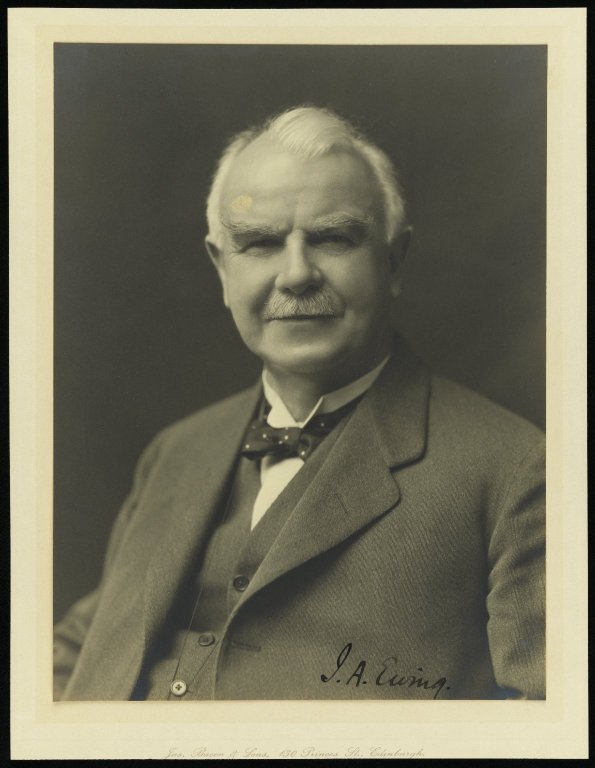
Untold Stories of people during WW1, taken from our collections
James Alfred Ewing was · born in Dundee on March 27, 1855, and received his early education at two of the schools that city-the West End Academy and the High School. Following this, he won a.
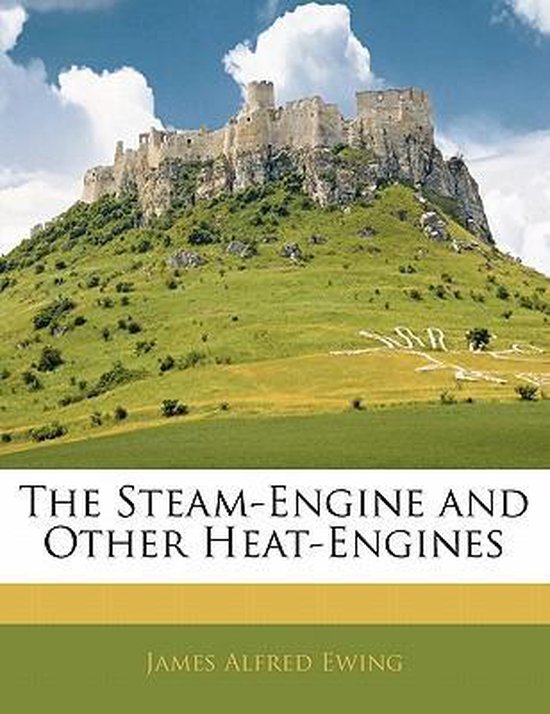
The SteamEngine and Other HeatEngines 9781142176952 James Alfred Ewing Boeken
Sir Alfred Ewing (born March 27, 1855, Dundee, Angus, Scotland—died January 7, 1935, Cambridge, Cambridgeshire, England) British physicist who discovered and named hysteresis, the resistance of magnetic materials to change in magnetic force.. Ewing was professor of mechanical engineering at the University of Tokyo (1878-83) and professor of mechanism and applied mechanics at King's.

Autograph letter by James Alfred Ewing [18551935] Scottish physicist (1907) Manuscript / Paper
Sir James Alfred Ewing KCB lived from 27 March 1855 to 7 January 1935. He was an eminent physicist, engineer and academic who is remembered primarily for his work on the magnetic properties of metals. The wider picture in Scotland at the time is set out in our Historical Timeline. Ewing was born in Dundee, the son of a church minister.

Alfred Ewing Biography British physicist and engineer (1855−1935) Pantheon
Seismograph developments occurred rapidly in 1880 when Scottish physicist Sir James Alfred Ewing, Scottish engineer Thomas Gray, and English geologist John Milne,. Press-Ewing seismograph. The Press-Ewing seismograph, developed in the United States for recording long-period waves, was widely used throughout the world..
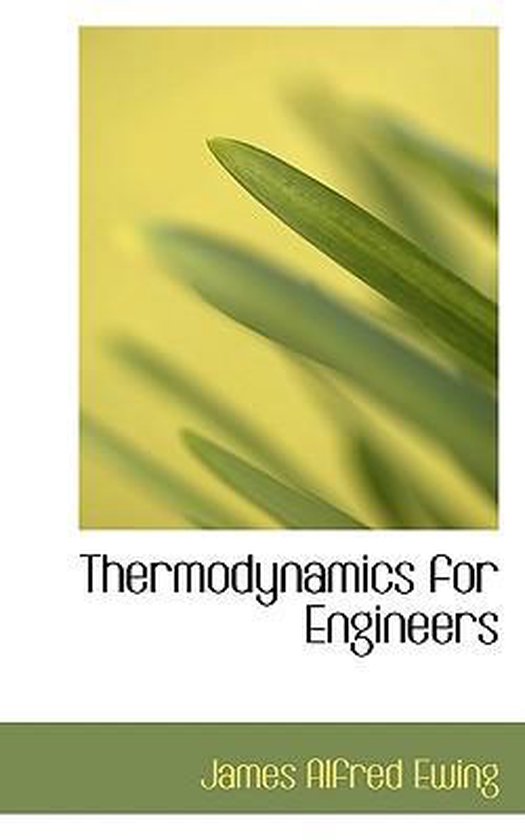
Thermodynamics for Engineers 9781117456584 James Alfred Ewing Boeken
Ewing, James Alfred. ( b. Dundee, Scotland, 27 March 1855; d. Cambridge, England, 7 January 1935) physics. Ewing's most important research dealt with magnetism. He was one of the first to observe the phenomenon of hysteresis, which he named and studied both experimentally and theoretically. He also did research in seismography and thermodynamics.

NPG x80466; Sir (James) Alfred Ewing Portrait National Portrait Gallery
Hall's role at Room 40 was referred to widely in the popular press of the time. He was variously described as 'Eavesdropper Ewing', 'The Cipher King' and 'The U-boat Trapper'. His son published a memoir in 1939, The Man of Room 40: The Life of Sir Alfred Ewing. Knighted in 1911, Sir James Alfred Ewing - who retired from Edinburgh University in.